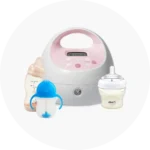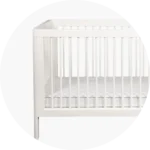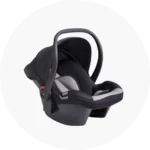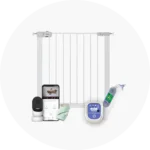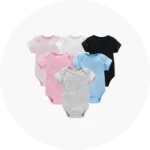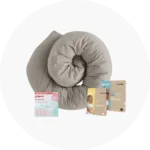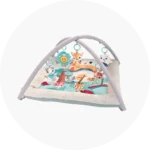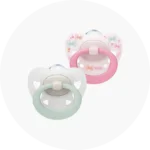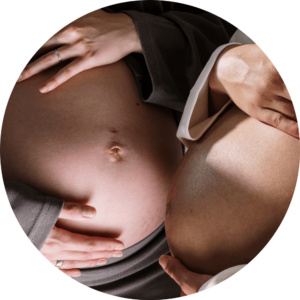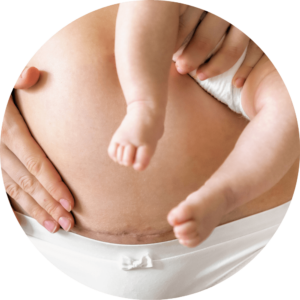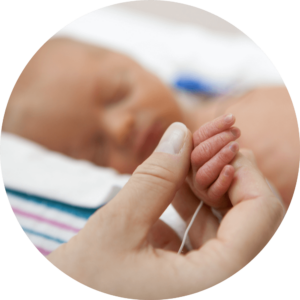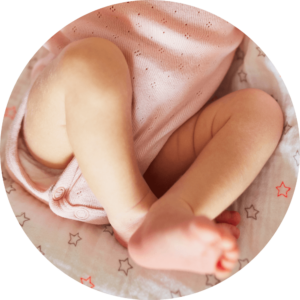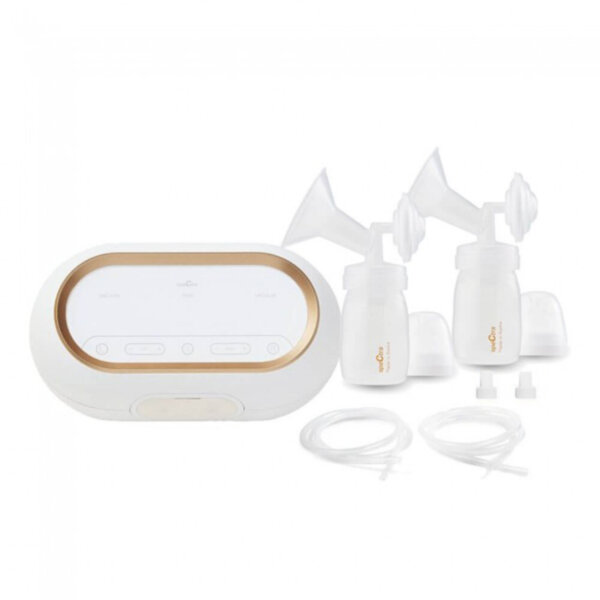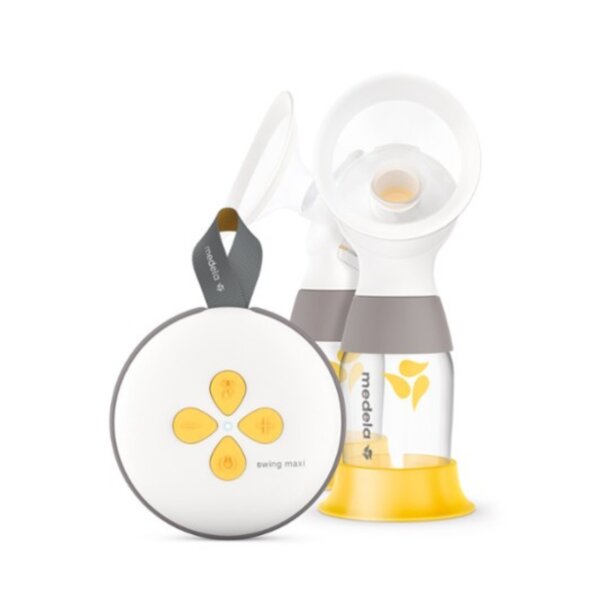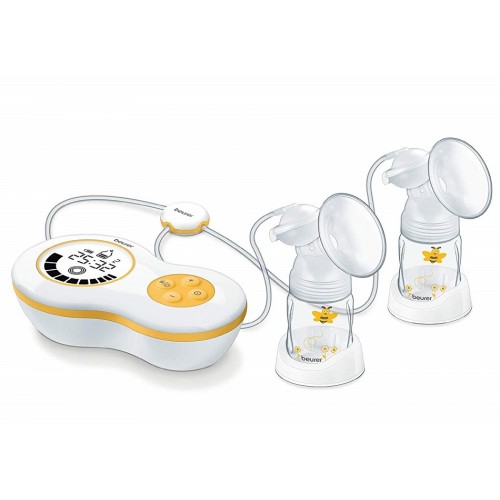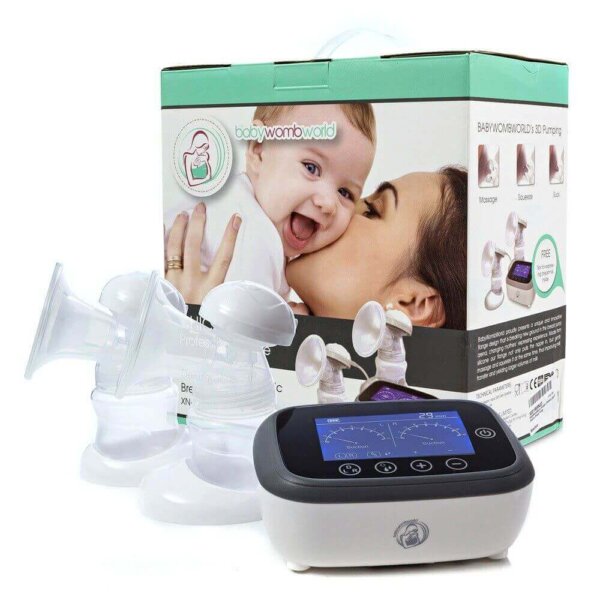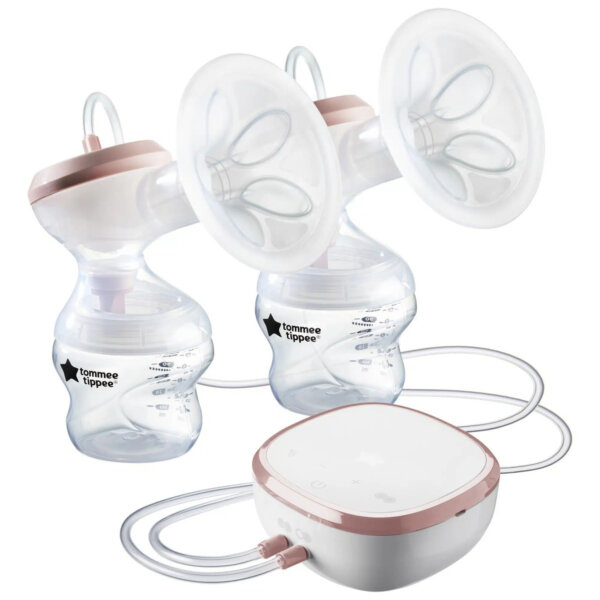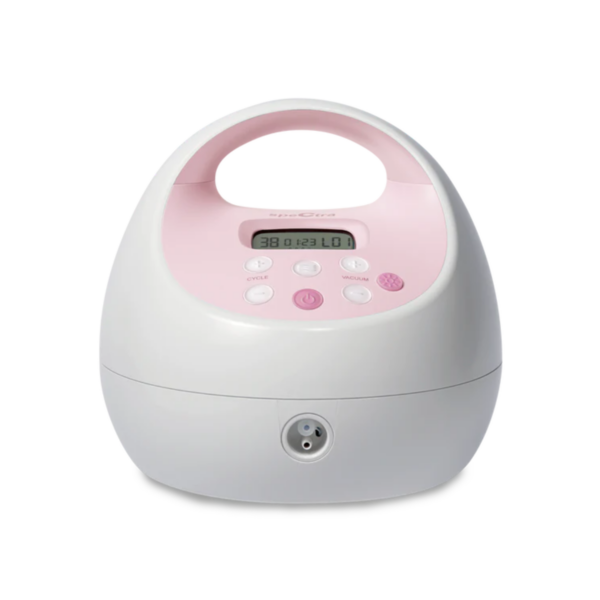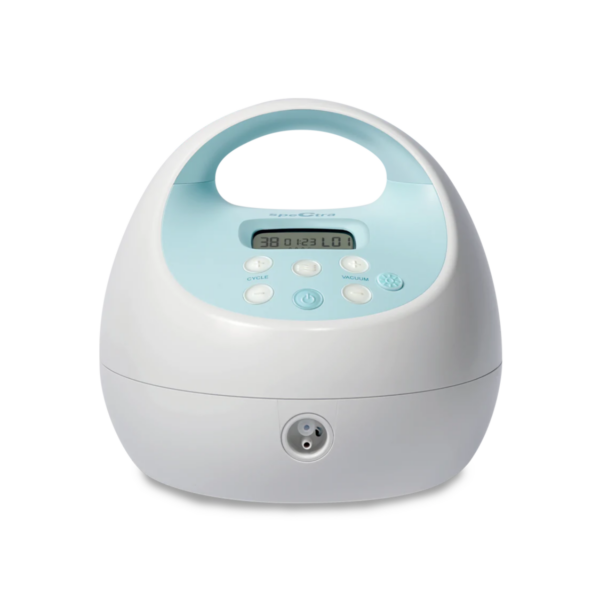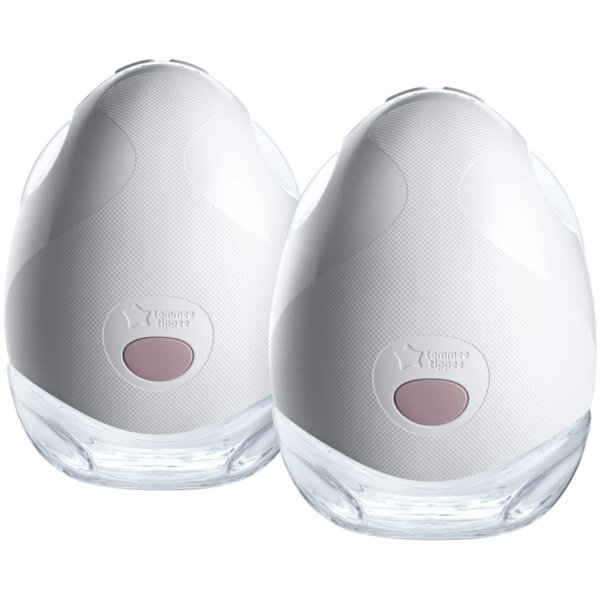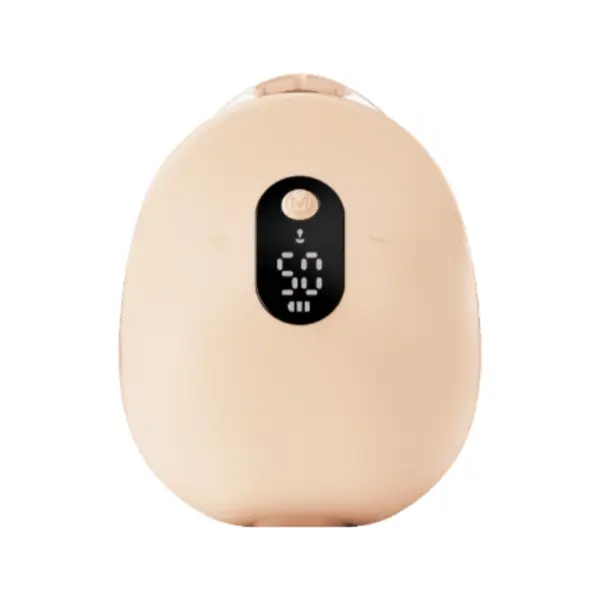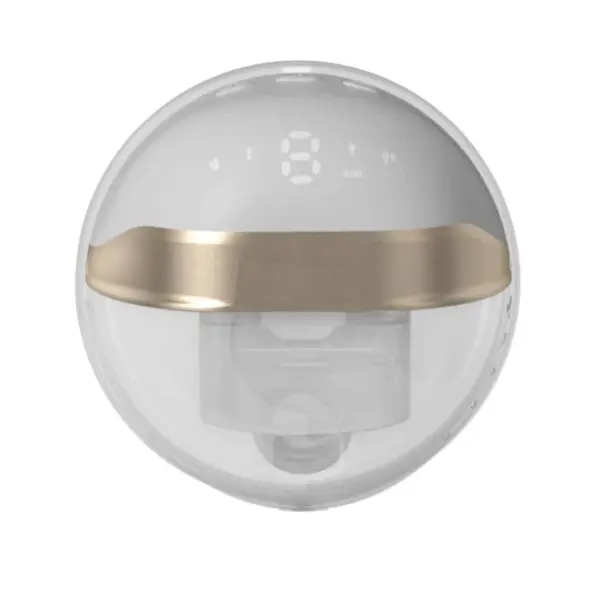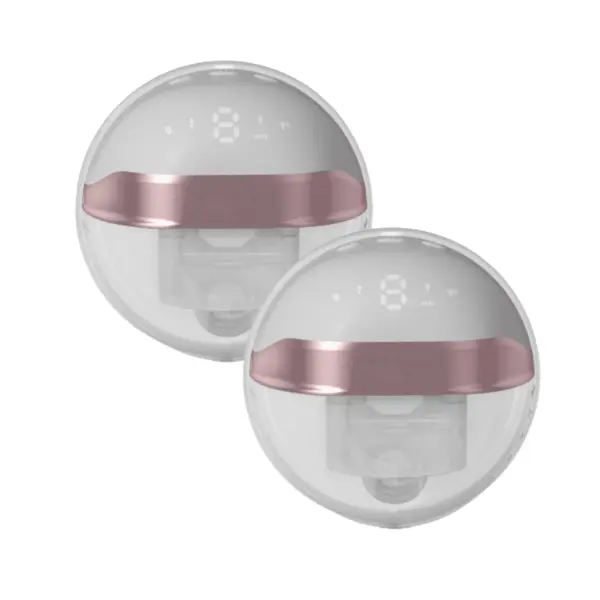Primary vs Secondary Breast Pumps: How to Simplify Your Pumping Choices
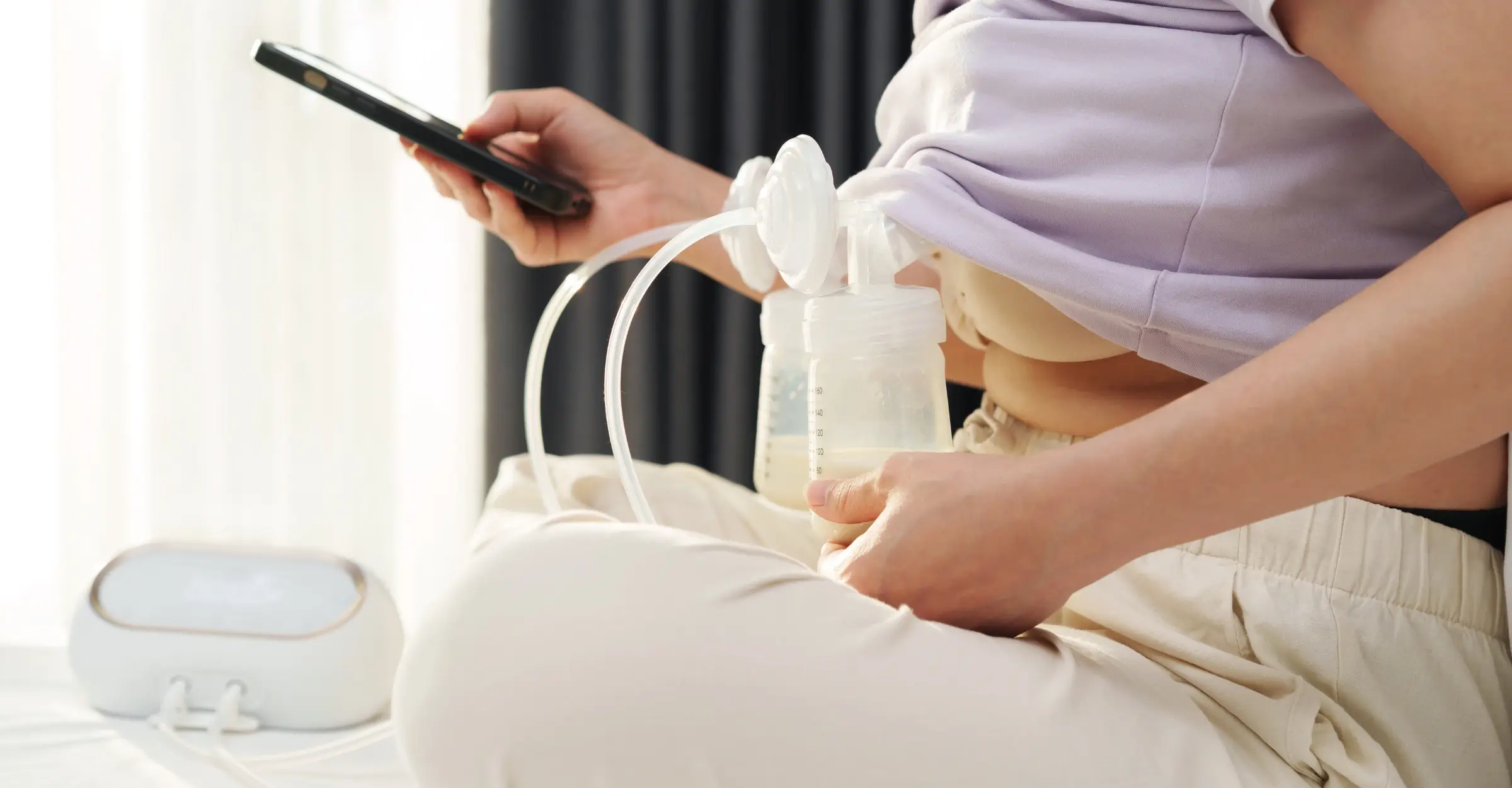

Last Updated: 28 March 2025
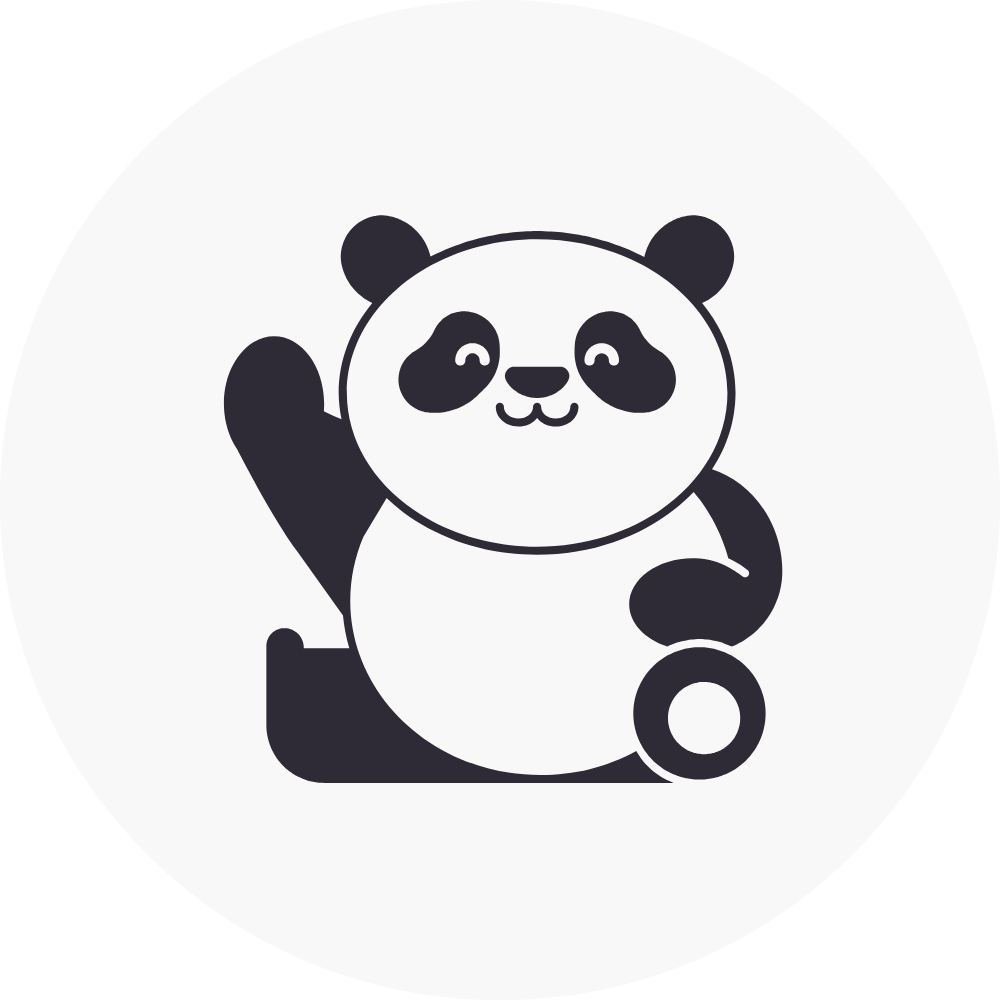
Buying a breast pump is an investment in the beautiful, messy, magical journey of feeding your baby. What you might not realise is that there are a few different types of pumps out there—and some are better suited for certain situations than others. In fact, investing in two different kinds of pumps could end up being one of the best decisions you make on your pumping journey.
Because let’s be honest: pumping is hard as hell. But having the right tools (and a solid plan for storing that liquid gold) can make all the difference between feeling defeated and feeling empowered to keep going. So, let’s break it down—what’s the deal with primary pumps versus secondary pumps? And why might having both be a total game-changer for you?
You May Be Able to Claim From Medical Aid
Some breast pumps are registered as essential medical devices, which means you might be able to claim them through your medical aid. To find out if a breast pump is covered within your benefits, contact your scheme. We are a registered provider and can assist you with claims for breast pumps and other devices.
The Primary Pump: The Main Squeeze
Your primary pump is the one you’ll rely on most of the time. It’s your go-to, your workhorse, your ride-or-die. This is the pump that shows up for you, time after time, helping you fully empty your breasts with every session. It usually has a stronger motor, more consistent suction, and is designed to mimic the efficiency of your baby nursing at the breast.
A primary pump is typically a more traditional, hospital-grade style pump. It’s got a powerful motor capable of efficient milk removal and connects to your breasts with tubing. They tend to be a bit bulkier (not exactly handbag-friendly), but they’re reliable and effective—session after session. You’ll often see these pumps labelled “hospital-grade,” which means they’re made for frequent, regular use and are built for maximum power and full breast emptying. And as we know, empty breasts send the signal to your body to keep that milk flowing and even boost your supply.
When should you use your primary pump? Honestly, as often as you can! We recommend using it for your morning pump (when your supply is usually at its peak), your last pump of the day (to make sure you’re ending on a high note), and at least 1–2 sessions in between.
if your budget only allows for one pump right now, and you know you’ll be pumping a lot—maybe because you’re heading back to work, you’ll be away from your little one often, or exclusive pumping is part of your plan—then your primary pump is the one to go for. It’s designed to handle frequent use and give you the consistent, effective emptying your body needs to protect your milk supply. If you’re relying on pumping to provide most (or all) of your baby’s milk, this is the pump you’ll want in your corner.
The Secondary Pump: The Side Chick
A Secondary Pump is like your trusty side chick—there for you when you’re out and about, offering support when you need it most, but you always go home to your main squeeze. These pumps are all about convenience and flexibility. They’re usually portable, compact, and often wearable. Perfect for when life doesn’t let you sit down and hook up to your primary pump, but you still need to sneak in a session.
Wearable pumps are the queens of the secondary pump world. They’re hands-free, tuck neatly inside your bra, and come with no tubes, no wires, no drama. Total freedom. But here’s the thing—they don’t have the same motor strength or suction consistency as your primary pump. So while they’re fantastic for maintaining your supply on the go, they’re not typically built to fully empty you every time.
That doesn’t make them any less important! Secondary pumps are absolute lifesavers when you need to pump discreetly—whether you’re at work, running errands, or chasing after a busy little human. Just remember, they’re there to support, not replace. To protect your supply, it’s best to limit their use to about 1–3 sessions a day. And if you can, extend those sessions by an extra 10–15 minutes to get as much milk out as possible.
That said, depending on your circumstances, you might be able to get away with just a secondary pump. If you’re primarily breastfeeding, have your baby nearby most of the time, and only plan to pump occasionally—like for a date night, a bottle here and there, or the odd work meeting—a portable or wearable pump could be all you need. It’s all about what fits your lifestyle.
At the end of the day, your secondary pump has your back when you’re on the move—but your primary pump is still the one you rely on to keep things running strong.
Does pumping with hands-free collection cups on your primary pump count as using a secondary pump?
Not exactly. Hands-free collection cups are more like an accessory to your primary pump rather than a true secondary pump. You’re still relying on the same powerful motor and suction strength of your primary pump, just with a different setup that gives you a bit more freedom to move around.
They’re super handy (hello, laundry folding and Zoom calls), but because they’re connected to your primary pump’s motor, you’re still getting that consistent, effective emptying—unlike a wearable secondary pump, which has its own built-in motor (usually smaller and less powerful). So while hands-free cups add convenience to your pumping life, they don’t replace the role of a true secondary pump.
At the end of the day, it may just take two to make a thing go right.
The ultimate setup? Two pumps—your main squeeze, your ride-or-die, and your side chick for when you’re on the fly. That combo gives you power and flexibility, which can make your pumping life so much easier.
But if your budget only stretches to one, and you know you’ll be pumping a lot—like if you’re heading back to work or you’ll be separated from your little one for long stretches—definitely prioritise a primary pump. You’ll need that reliable, powerful motor to keep your supply going strong.
If you’re planning to pump only occasionally, and you’re mostly with your baby, you might be able to get away with just a secondary pump. Some moms find that once their supply is well-established, they can use a secondary pump more often (with slightly longer sessions) and still get good output.
Our Guidance Pledge
We’re dedicated to providing you with practical, evidence-based information to help you make the best choices for your growing family. All content is medically reviewed by our in-house doctor and/or experts such as OB-GYNs, doulas, and midwives, and is based on the latest international guidelines, peer-reviewed studies, and reputable sources from academic institutions and medical journals. Learn More
